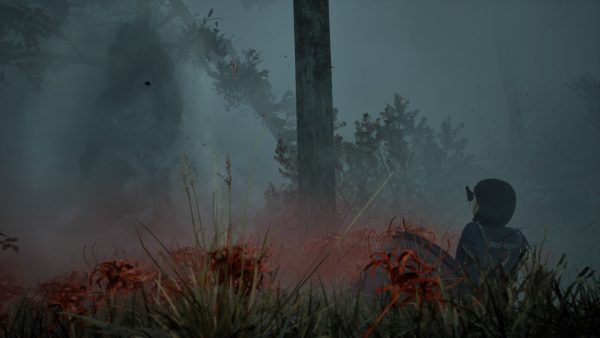“You’re Dead” by Flying Lotus Music Review
Flying Lotus “You’re Dead” album cover.
A sonic painting that pulls you into a spiritual journey, a smooth ride through the afterlife. Experimental multi-genre producer and rapper, Flying Lotus, released his fifth studio album “You’re Dead” on Oct. 6.
Flying Lotus was once an intern at Stones Throw Records, home to instrumental musicians; Madlib, J Dilla, and Peanut Butter Wolf, who hold a clear influence on the super producer. According to Noisey.Vice.Com, Flying Lotus released his first album in 2006, “1983” on an independent LA label, Plug Research.
The first single off this album, which was leaked according to Rolling Stone.com, “Never Catch Me,” featuring Kendrick Lamar, was more than enough to get my attention. The track insures you with cool piano keys, which according to The LA Times are from Herbie Hancock himself. Then there’s this UFO-type rhythm and base line. After this Kendrick Lamar gets started with his killer verse about the afterlife.
As far as rap lyrics go, things do tend to waver.
Snoop Dogg is on the next track, “Dead Man’s Tetris,” with Flying Lotus’s rap alter ego Captain Murphy. The beat and vocal samples to this song is cool but nothing memorable is said between the Captain and the West Coast vet. There is another track with Captain Murphy called “The Boys Who Died in Their Sleep.” Captain doesn’t have much of a chance on this track that is only a minute and 51 seconds, but he is able to add to this somber beat layered with instrumentals.
Singing parts are spread throughout the project, painting the overwhelming musical atmosphere in tracks like “Coronus, the Terminator,” “Siren Song,” “Descent into Madness,” and “The Protest.”
When the first track hits you, it’s as if you’ve been captured in a bubble of sound, and spun a drift to different places, all some how linking together. The whole album seems like one big song that is able to make appropriate transitions throughout the piece of work being that each song is only one to two minutes in length across 19 tracks. The best example of this link is tracks 16 to 19, most of these songs are able to adjust before they end to transition, there was never a point when things seemed forced.

How did you get here?
I graduated from Mariner High School in 2013 with a newspaper club back ground. I started attending EvCC the following fall...






